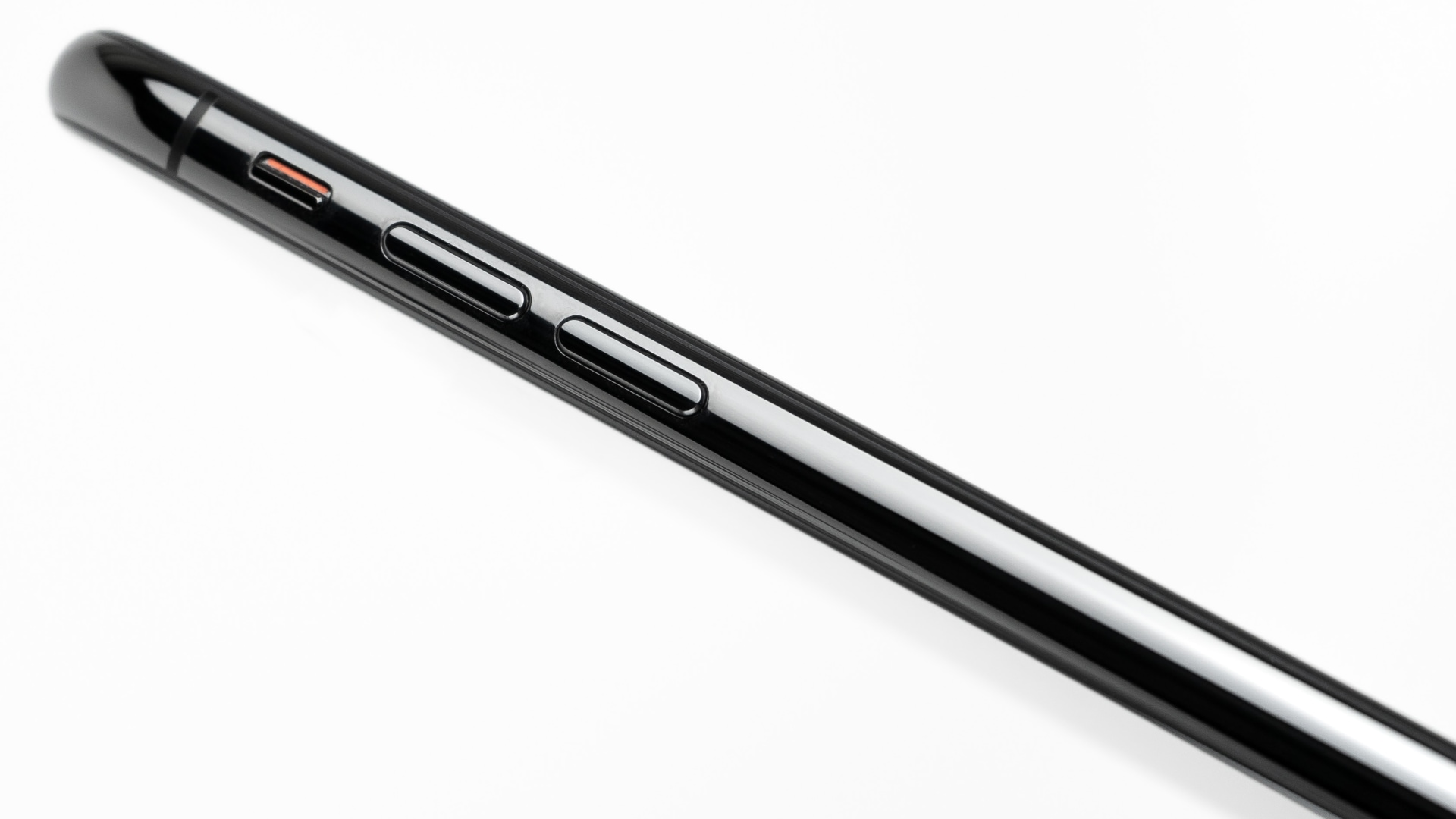The iPhone 15 Pros should ditch physical buttons for non-moving versions that detect touch. But won’t the buttonless design interfere with your cases and gloves?

A tipster who last year leaked accurate details about the Dynamic Island on the iPhone 14 Pros has now shared interesting details about the non-moving buttons (power, volume and mute) on the upcoming iPhone 15 and iPhone 15 Pro models.
Aside from the mute toggle becoming a sort of an Action button a la Apple Watch Ultra, the tipster has also shared additional details about how the solid-state buttons should work. Let’s unpack everything for you, shall we?
iPhone 15 Pros rumored to bring solid-state buttons
Being solid-state means no moving parts, meaning you’ll feel simulated button presses via haptic feedback instead of the button actually depressing.
This design will even work with gloves and cases because the buttons will also feel pressure applied to them. “Forgot to mention a source does know those capacitive buttons will work very well with gloves and cases if designed correctly, as there’s a sensitivity toggle,” the tipster wrote on the MacRumors Forums.
(1/6)
My latest survey indicates that the volume button and power button of two high-end iPhone 15/2H23 new iPhone models may adopt a solid-state button design (similar to the home button design of iPhone 7/8/SE2 & 3) to replace the physical/mechanical button design.— 郭明錤 (Ming-Chi Kuo) (@mingchikuo) October 28, 2022
Adjusting the volume
In other words, the non-moving buttons will detect the amount of force applied. This might apparently serve other purposes, such as changing the volume slower or faster depending on how hard the user applies pressure to the buttons.
Another feature would enable you to change the volume by sliding your finger across the volume button up and down. Instead of the separate volume up and down buttons, the iPhone 15 Pro models are thought to introduce a volume rocker like the iPhone 3GS—a single, elongated button.
More cads images
The buttons!
Source in video pic.twitter.com/sxy9GaNCre— ShrimpApplePro 🍤 (@VNchocoTaco) March 20, 2023
As noted by the leaker @ShrimpApplePro, the regular iPhone 15 models will retain the physical power, volume and mute buttons like the current iPhones.
How about that Action button?
Another thing the tipster has predicted is an Action button. As mentioned, the mute-ring switch should morph into a singular press button. Similar to the Action button on the Apple Watch Ultra, people will apparently be able to assign a different function to the button from this list of supported actions:
- Ring/Silent
- Do Not Disturb
- Flashlight
- Low Power Mode
- Light/Dark Mode
- Lock Rotation
- Show the Home Screen
- Show the Lock Screen
- Open Control Center
- Open Notification Center
- Open Camera
- Screenshot
- Screen Recording
- Run a Shortcut
- Toggle on Reachability
- Show the App Switcher
- Show the App Library
- Shazam
- VoiceOver
- Magnifier
We hope this is true. The silent switch has always felt to us like a waste. It is convenient to toggle a physical button to silence your iPhone, but you can already do that in the Control Center (like on the iPad, which lacks a physical ringer switch). Or, you can rest the device with its face down to temporarily silence notifications.
You can also create automation in Shortcuts and use Focus modes for that.
A special chip will drive the buttons when the iPhone is off
So, if the physical buttons are being replaced with their capacitive versions, how will you turn on your iPhone 15 Pro? According to the tipster, the Cupertino giant has developed a special chip to extend the Power Reserve mode even further.
As our Power Reserve guide notes, this is what lets you pay for transit, use Apple Pay and track your device in Find My for up to 24 hours when it’s turned off.
Base model seems to still have the old mute switch pic.twitter.com/Es9MntoXjh
— ShrimpApplePro (@VNchocoTaco) March 20, 2023
On the iPhone 15 Pro, a combination of hardware and software will ensure that the buttons work even with the phone powered off or the battery depleted.
The new chip will “immediately sense capacitive button presses and holds,” the tipster claimed. It will even detect Apple’s “own version of 3D Touch” and drive the new volume, action and power buttons “while the phone is dead or powered down.”
Two new Taptic Engines
It’ll also be responsible for managing an additional two Taptic Engines tasked with producing faux button presses via haptic feedback like on Apple’s glass trackpads.
The tipster summed up what the chip will manage:
While powered on:
- Capacitive volume, power and action buttons
While powered off:
- Capacitive volume, power and action buttons
- Drives NFC, LE Bluetooth, LE-UW chips, etc
- Taptic Engine feedback (possibly)
While the battery is dead:
- Capacitive volume, power and action buttons
- Apple Pay Express card
- Drives NFC, LE Bluetooth, LE-UW chips, etc.
So, what will happen when the battery completely dies to the point when there’s no power left in the tank for this super low-power processor? You’ll presumably plug the phone into power, which automatically turns it on.
What do you make of all this? Chime in with your thoughts in the comments.